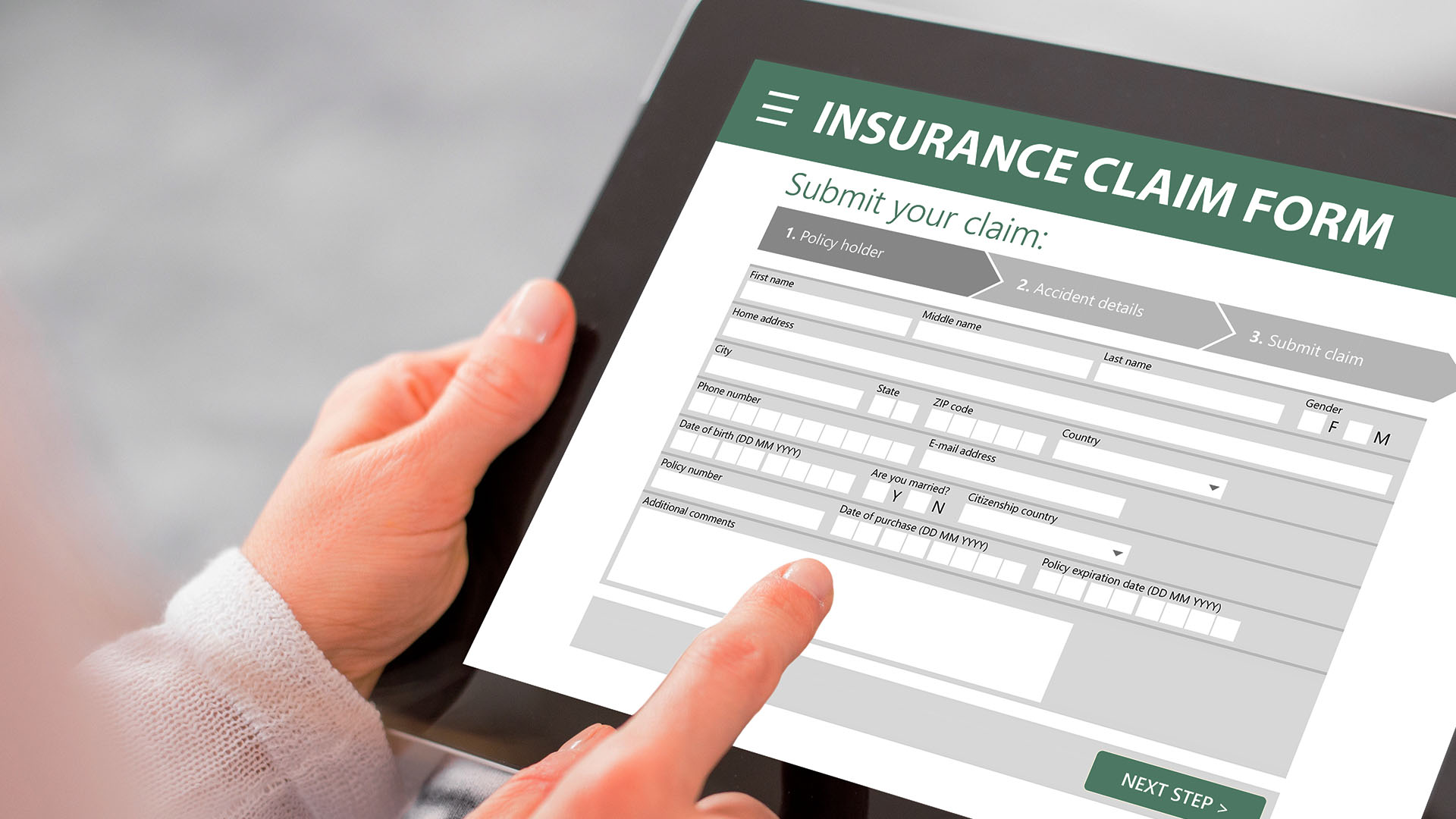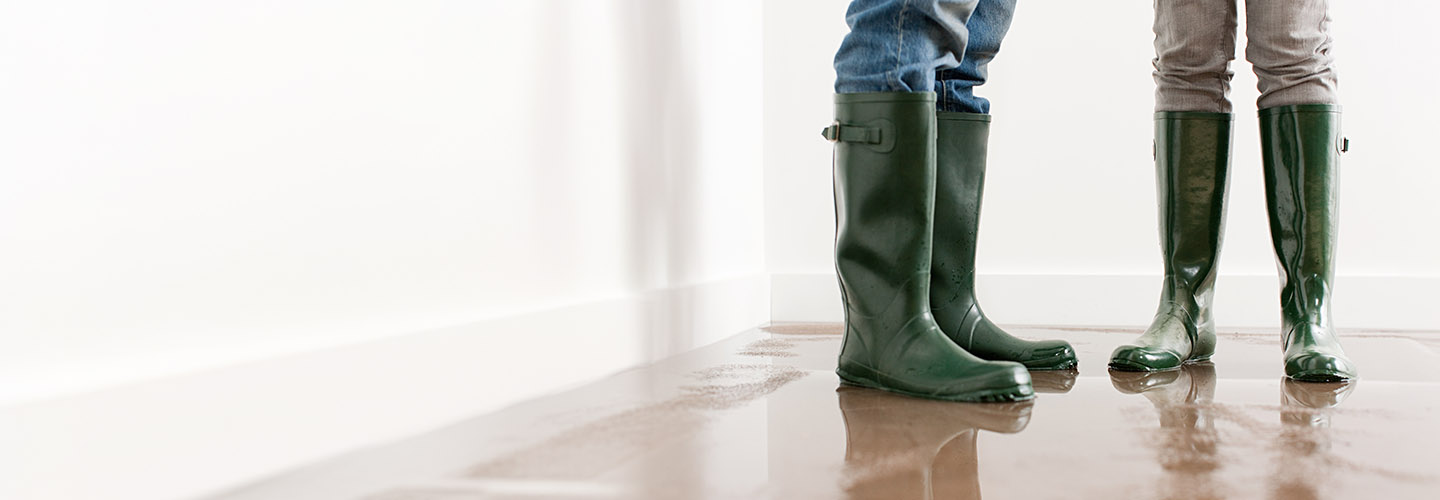South Africa’s weather has always been capable of extremes, with flash floods, high winds and severe hailstorms not uncommon across the country during the rainy season. Changes in global weather patterns due to the climate emergency are causing an increase in extreme storms that can pose a serious threat to life and property.
It’s likely that you have insurance to cover your losses in the event of damage by extreme weather, but you should be certain that your policy covers what you need it to. Make sure that you’re aware of any exclusions regarding flooding or hail damage – and take steps to prevent such damage wherever possible.
Flood damage prevention
You can take several protective measures to reduce potential flood damage and save lives, starting with where buildings are located. Architects should use measures to reduce the likelihood of flooding in flood-prone areas, including the following:
- Elevating the building
Raising the building above the flood level can help protect it from flood damage.
- Designing flood-resistant walls
Walls should be designed to resist floodwaters and prevent water from entering your building.
- Using water-resistant materials
Materials such as concrete, brick and stone are more resistant to water damage than wood or drywall.
- Creating a drainage system
The drainage system should direct water away from the building and prevent it from pooling around the foundations.
There are several other measures to prevent flood damage to a building that an expert can advise you on. The absence of any of these safeguards may affect your insurance cover, so it’s important to check that your home or business is complying with the policy terms and conditions. If necessary, consult a professional architect or engineer about the best preventative measures to take to ensure compliance with your policy.
What kinds of flood damage aren't covered?
Usually, the following occurrences are not covered under flood or water damage (though it’s important to double-check your policy exclusions):
- Any process that uses or applies water to the building.
- Wear and tear.
- Gradual deterioration.
- Mildew, rust or corrosion.
- A rise in the water table.
- The contraction or expansion of soil due to water content changes.
Warning signs of flooding
There are several signs that could indicate that your building is susceptible to flooding, including the following:
- Location and proximity to water sources
If the building is at the bottom of a valley, on low-lying land or near a river, lake or wetland, it is more likely to be susceptible to flooding. You can check flood maps online.
- Previous flooding
If the building has previously been flooded, it is likely to be susceptible to flooding in the future. When building near a water source like a river or dam, you should build above the 100-year flood line – a term for the highest level that floodwaters have reached in the past 100 years.
- Age of the building
Older buildings may be more susceptible to flooding due to outdated construction methods and materials.
- Drainage system
Blocked drains and stormwater systems make flooding more likely. Check your drainage systems for efficiency.
When any of these signs are present, it is important to take protective measures against flood damage and to check which flood risks your insurance policy covers.
Stay inside the vehicle. Large hailstones can cause injury
Hail damage
Hail is a fact of life in many parts of SA. Every year, massive hailstorms cause damage all over the country, especially to vehicles.
To claim for hail damage on your insurance policy, you usually need to have comprehensive building cover, comprehensive contents cover, or comprehensive vehicle insurance (depending on what the hail has damaged). Hail damage must be stipulated as a peril in your policies, otherwise there is no cover. You should ensure this with your broker.
In the event of hail damage, take the following steps:
- Report your claim as soon as possible to your broker or insurer. Most policies have specified periods within which you must report a claim.
- Have all the necessary documents and information regarding your policy readily available.
- Take pictures of the damage.
- Do not attend to any repairs yourself, unless the insurer has agreed to this.
- Provide all the documents and information requested by the insurer as soon as you can.
- Be on the look-out for further requests by the insurer.
- Provide truthful and accurate information to the assessor.
Hail damage can be severe, especially to cars, and it can take time to repair damage and replace parts.
Preventing hail damage to your vehicle
If you’re caught in a hailstorm while driving, take the following steps to minimise the damage:
- Drive slowly. This reduces the speed at which each hailstone hits your car, reducing the hail damage. It’s also safer on slippery roads.
- Locate a safe covered area or pull over under an overpass, provided it is safe to do so.
- Undercover parking at malls and petrol stations are good temporary solutions to protect your car during a hailstorm.
- Stay inside the vehicle. Large hailstones can cause injury.
- Keep fleecy blankets in your boot, so that if you’re caught out in the open, you can cover your car to minimise the impact of hail. If you don’t have blankets, put the floor mats on the roof and hood to cover at least some of the vehicle, to help minimise the cost of dent repairs.
- Take careful note of the extent of the damage to your car – look for damage to all glass items, including side mirrors, taillights and headlights. Taking pictures may be useful when you claim.
Prevention at home
- Keep your gutters clean and free of debris to prevent hail build-up during storms that can cause the gutters to overflow.
- Trim trees close to your house to remove branches that can cause severe damage during a storm.
- During a hailstorm, close curtains, blinds or shutters to prevent broken window glass and hailstones entering your home and injuring you or your family.
- Park your car in the garage or an undercover area.
Nedbank offers a comprehensive range of insurance products and advice for your home, family and possessions.








